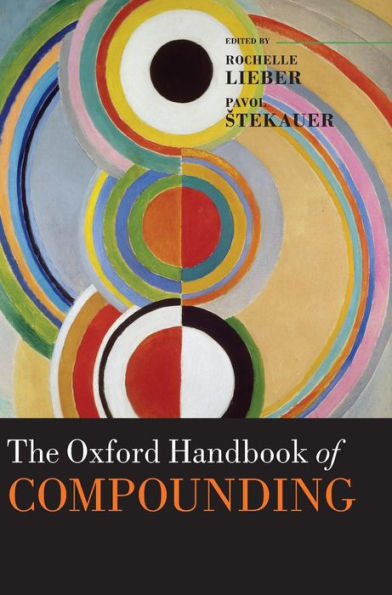5
1
9780199219872


The Oxford Handbook of Compounding available in Hardcover

The Oxford Handbook of Compounding
- ISBN-10:
- 0199219877
- ISBN-13:
- 9780199219872
- Pub. Date:
- 03/25/2009
- Publisher:
- Oxford University Press
- ISBN-10:
- 0199219877
- ISBN-13:
- 9780199219872
- Pub. Date:
- 03/25/2009
- Publisher:
- Oxford University Press
185.0
In Stock

Product Details
| ISBN-13: | 9780199219872 |
|---|---|
| Publisher: | Oxford University Press |
| Publication date: | 03/25/2009 |
| Series: | Oxford Handbooks |
| Pages: | 640 |
| Product dimensions: | 7.00(w) x 9.80(h) x 5.30(d) |
About the Author
From the B&N Reads Blog
